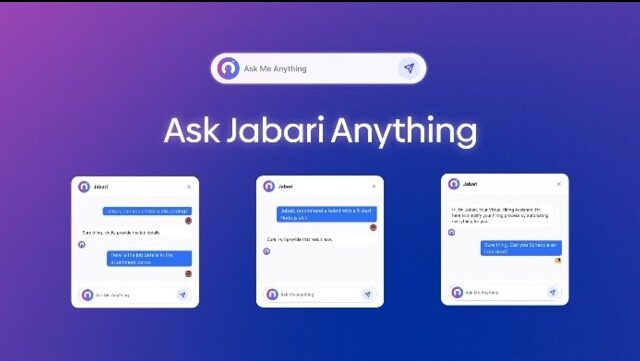In the wake of the global shift towards remote work, businesses have had to reimagine their onboarding and offboarding processes to adapt to the new normal. Remote onboarding and offboarding, once considered a novelty, have now become essential components of workforce management in a digital-first world. In this article, we’ll explore the challenges and opportunities of remote onboarding and offboarding, supported by statistics, examples, and insights from Loubby AI’s platform, which offers remote candidate onboarding and offboarding features to streamline the process for businesses.
The Challenges of Remote Onboarding:
Remote onboarding poses unique challenges for both employers and new hires. According to a survey by Gartner, 60% of HR leaders reported difficulties in maintaining company culture during remote onboarding, while 35% struggled with technology-related issues. Additionally, the lack of face-to-face interaction can hinder relationship-building and communication, leading to feelings of isolation and disengagement among new hires. For example, consider a recent college graduate who lands a remote job at a tech startup. Despite receiving a virtual welcome kit and attending virtual orientation sessions, the new hire may struggle to connect with their colleagues and integrate into the company culture.
The Opportunities of Remote Onboarding:
While remote onboarding presents challenges, it also offers unique opportunities for innovation and efficiency. By leveraging technology and digital tools, employers can create immersive virtual onboarding experiences that engage and empower new hires from day one. According to a survey by Deloitte, 83% of HR leaders believe that virtual onboarding will continue to be an important aspect of the employee experience post-pandemic. For example, imagine a new employee who receives a personalized welcome video from the CEO, attends interactive training modules hosted on a virtual learning platform, and participates in virtual team-building activities with colleagues from around the world.
Streamlining Remote Onboarding with Loubby AI:
Loubby AI’s platform offers a comprehensive solution for remote onboarding, streamlining the process for employers and new hires alike. With features such as virtual welcome kits, interactive training modules, and virtual mentorship programs, Loubby AI enables businesses to create engaging and personalized onboarding experiences that foster connection and collaboration. For example, Loubby AI’s platform allows employers to automate administrative tasks such as paperwork and compliance training, freeing up time for HR teams to focus on building relationships and providing support to new hires.
The Importance of Remote Offboarding:
Just as remote onboarding is essential for integrating new hires into the company culture, remote offboarding is equally important for ensuring a smooth transition when employees leave the organization. According to a study by BambooHR, 33% of employees who had a negative offboarding experience would not recommend their former employer to others. Remote offboarding involves more than just collecting keys and returning company equipment; it requires thoughtful planning and communication to maintain positive relationships and protect the employer brand. For example, consider an employee who decides to leave a remote job due to personal reasons. A well-executed remote offboarding process would involve exit interviews, knowledge transfer sessions, and support for transitioning to a new role or organization.
Streamlining Remote Offboarding with Loubby AI:
Loubby AI’s platform also offers features for remote offboarding, allowing employers to manage the process efficiently and effectively. From conducting exit interviews to offboarding documentation, Loubby AI’s platform provides a centralized hub for managing offboarding tasks and ensuring compliance with company policies and procedures. For example, Loubby AI’s platform allows employers to automate the offboarding process by sending out exit surveys, collecting feedback, and updating employee records in real-time. By leveraging Loubby AI’s platform, businesses can ensure a seamless transition for departing employees while protecting the employer brand and maintaining positive relationships.
Conclusion:
In conclusion, remote onboarding and offboarding have become essential components of workforce management in today’s digital-first world. While remote onboarding presents challenges such as maintaining company culture and fostering connection, it also offers opportunities for innovation and efficiency. Similarly, remote offboarding requires thoughtful planning and communication to ensure a smooth transition for departing employees. By leveraging technology and digital tools, businesses can streamline the remote onboarding and offboarding processes, creating engaging experiences for employees while protecting the employer brand and maintaining positive relationships. With features for remote candidate onboarding and offboarding, Loubby AI’s platform offers a comprehensive solution for businesses seeking to navigate the new normal of remote work.







